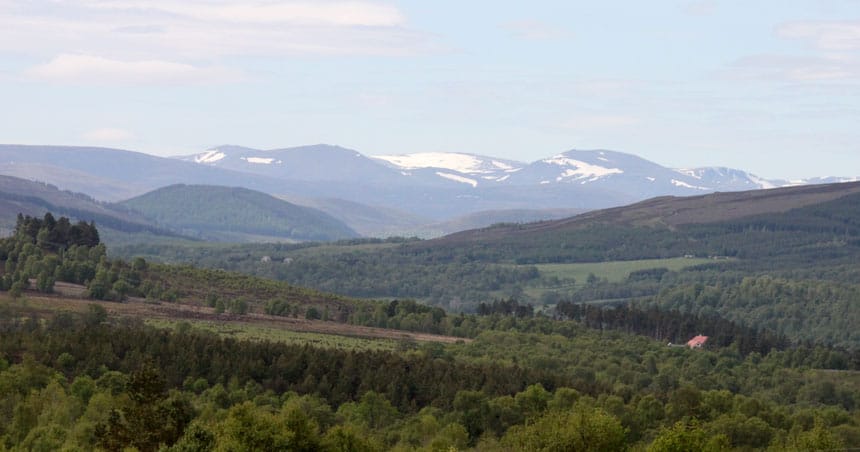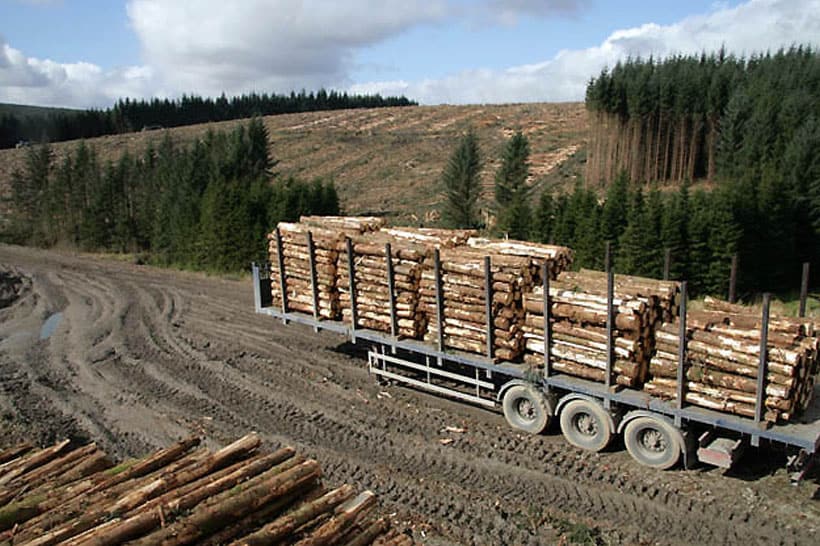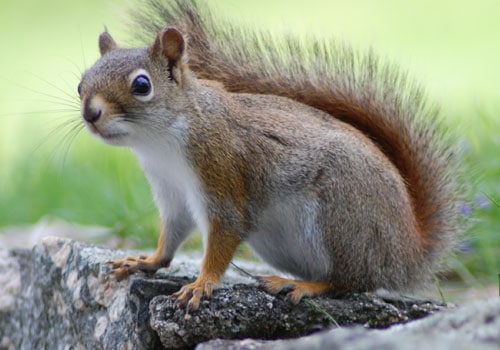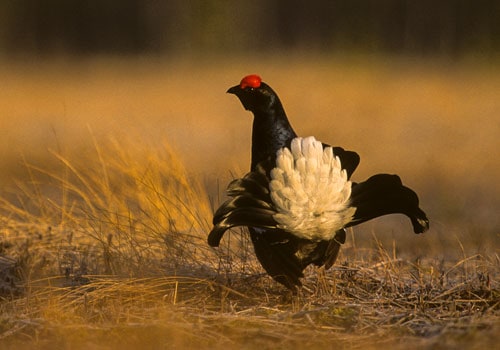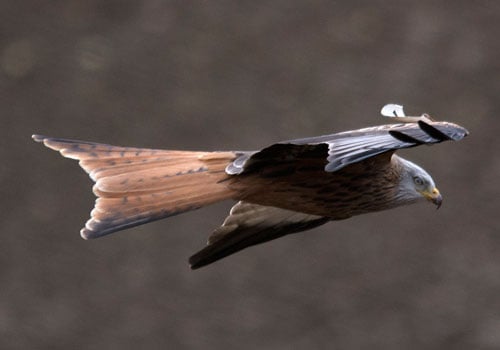The Ballindalloch Estate covers some 9,000 hectares of mature woodland and heather clad moorland. At the heart of the Estate stands 16th Century Ballindalloch Castle, set within over a mile-and-a-half of formal gardens, woodlands and riverside meadows. To the north and east the grounds are bordered by the River Spey and the rising gradients of Cairn Guish, whilst to the west lies the River Avon, its source on the summit of Ben Muich Dhui.
We employ a number of schemes to ensure the general public can gain safe access to the grounds and wider countryside of the Ballindalloch Estate.
A series of marked walks have been created in the Castle Grounds to give visitors easy access to the delights of the local flora and fauna. These walks provide an opportunity to explore the Gardens, the nearby rivers Spey and Avon and to see the Ballindalloch Aberdeen Angus herd. At harvest time, hay and silage-making will be underway in the grass rich pastures close to the Castle, adding the chance to see life on this working Estate.
For those who wish to venture further afield, the Riverside Walk wends its way along the banks of the River Avon, affording the chance to spot salmon and fresh water trout leaping in the summer months.
The Speyside Way, one of Scotland’s famous long-distance footpaths, also runs through the Ballindalloch Estate, which was an early supporter of the route. It follows the course of the old Great North of Scotland Railway line, once a vital artery connecting Speyside to the wider world. About a mile west of the Castle can be found Ballindalloch Station, beautifully preserved, and a little further on, Cragganmore Distillery, founded by the 4th Baronet, Sir George Macpherson-Grant, along with the distiller John Smith, in 1869.
We are always happy to show visitors around the Ballindalloch Estate. Please contact us for further information.

